 |
Many market surveys have shown that battery life is one of the places where consumers want smart phones to be improved. The vast majority of smart phones nowadays still need to be filled every day, and seeing the battery power drop below 20%. Without a charger or mobile power is a depressing experience many people have encountered. Compared with the rapid development of smart phones in recent years, battery technology has developed relatively slowly over the past decade or even decades, but some breakthrough technologies have allowed us to see the hope of significantly improving the battery life of mobile phones:
1. Superfast charger that is full for half a minute
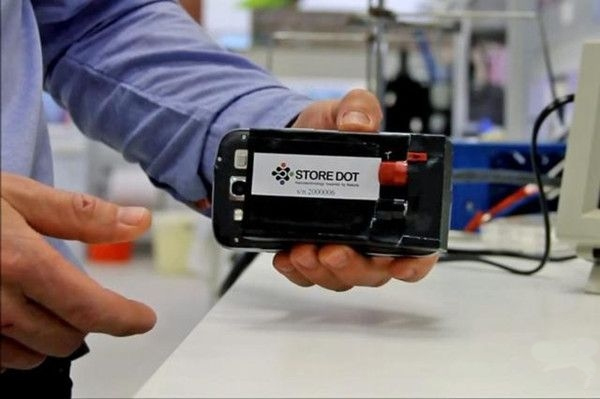
The recently released ultra-fast smart charging system from StoreDot has attracted a lot of attention in the industry – it can charge a Galaxy S4 phone from zero to full in 30 seconds, which is incredible. In addition, it can increase the number of charge and discharge cycles of the battery to extend the life of the battery, thereby reducing consumer spending and reduce the burden on the environment.
The StoreDot ultra-fast charger adopts a very complicated technology, and it will not be able to reach the market in the short term, and it may be released in 2016.
2. Use one device to charge another
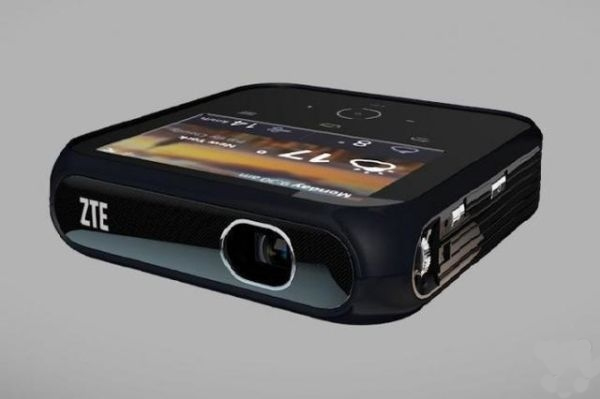
Mobile power has long been nothing new, but some companies are putting large batteries into usable electronic devices, allowing them to work part-time as mobile power. Asustek started this trend with the PadFone – its tablet PC can charge the phone plugged in. ZTE’s recently launched Projector Hotspot has a built-in 5000mAh battery, a portable microprojector, a 4G LTE mobile hotspot and a mobile power triple function. ; And Huawei's Ascend Mate 2 has a "reverse charging" function, its 4050mAh battery can provide emergency charging for other devices.
3. Large battery packs that charge all devices
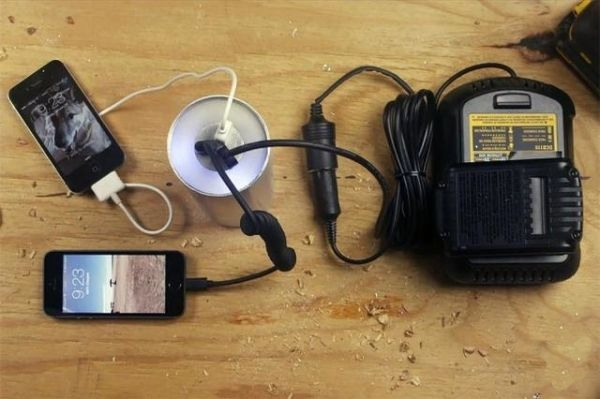
The 5000mAh battery pack can only charge one iPhone 5 twice, which is a “little-eyed†comparison with the Trontium Reactor — a $300 metal large cylinder that uses a technology called “USB Power Deliveryâ€. , Can provide 100 watts of output power through the USB 3.0 interface, up to 290 watts of full power can charge the iPhone 50 times, and even enough to charge the MacBook Air laptop 5 times.
Trontium Reactor is the first such product, but we can expect that other products using USB Power Delivery technology will appear in the future consumer electronics market.
4. It is not a battery, nor a capacitor. It is a super capacitor!
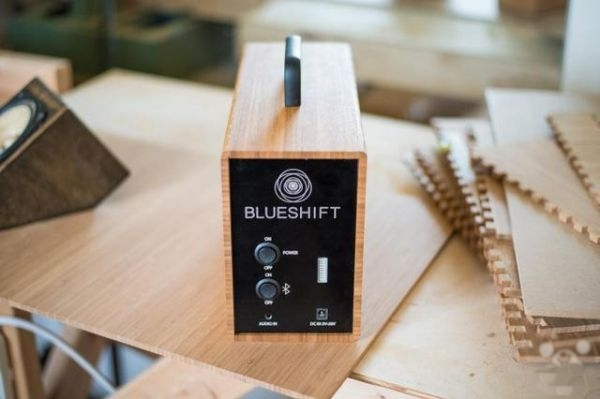
Supercapacitors are a kind of "battery" between conventional batteries and rechargeable batteries. They can quickly charge, store a lot of power, and then discharge at a reasonable rate. This "battery" is not easily damaged, and it can be tens of thousands of charge-discharge cycles.
We recently saw a supercapacitor battery applied to the Blueshift Bamboo speaker - a speaker that can be charged in a matter of minutes and can then be played for 6 hours. In 2013, an 18-year-old student demonstrated a supercapacitor battery at the Intel International Science and Engineering Grand Prix, which is expected to fully charge the smartphone battery within 30 seconds.
5. Various shapes, various sizes of batteries
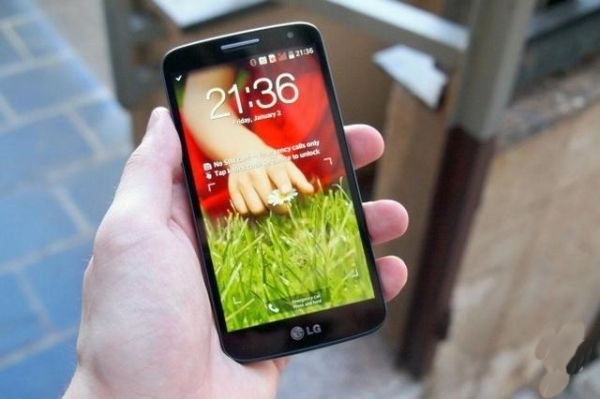
The battery business unit of Korean electronics giant LG talked about the progress of battery technology at the end of 2013, focusing on changes in the shape and size of batteries, including curved, stepped, and linear batteries – these batteries are designed to maximize Make use of the internal space of the mobile phone and better adapt the shape of smart watches and other wearable devices.
An early example was the ladder-shaped “child battery†on the LG G2 smartphone. The unusual design increased the storage capacity by 16% and extended the standby time by 3 hours.
6. Use body temperature to charge electronic devices
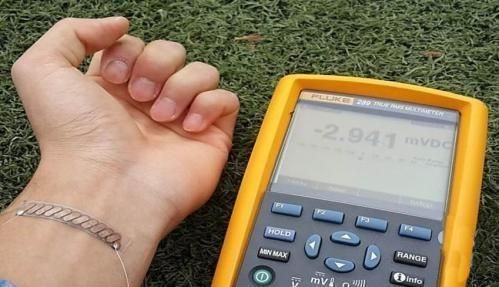
A South Korean research team recently developed a miniature thermoelectric power generation device that can be attached to the user's skin and utilizes the temperature difference between the human body and the external environment to provide continuous power for electronic devices and is expected to be used in wearable devices in the future.
7. Intelligent software optimized
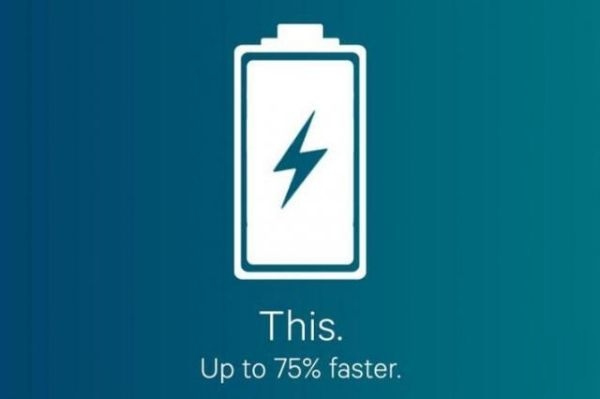
Qualcomm's Quick Charge 2.0 technology does not extend the battery life, but it can shorten the time required for charging. The Snapdragon processor and the dedicated wall plug charger both use Quick Charge 2.0 technology, which allows the smartphone battery to be charged 75% shorter than before. For example, the full 3300mAh battery requires only 96 minutes. It takes 270 minutes). The inadequacy of this technology is that both the mobile phone and the charger must be equipped with the Quick Charge technology and are not backward compatible.
8. Mobile phone screen equipped with solar panels

If you add a layer of solar panels to your smartphone's touch screen, you may increase your battery power by 15% under natural or artificial lighting. We saw this technology at the 2014 CES Consumer Electronics Show, and learned that such batteries will be greatly enhanced in the future, and may even allow low-power electronic devices to completely get rid of chargers. This technology has been used by watch maker Tag Heuer on a luxury smartphone.
9. Lithium imine and silicon electrode batteries
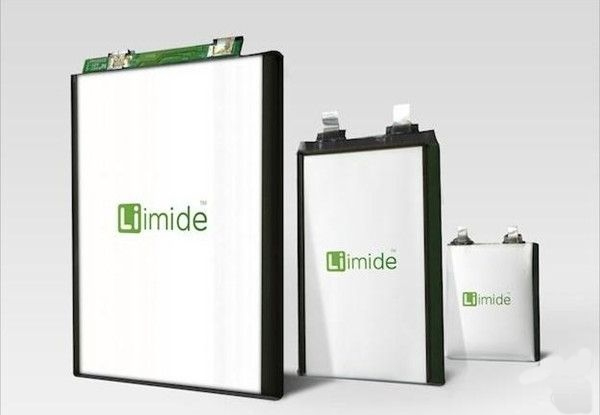
Most of today's battery-powered electronic devices, from smart phones to electric cars, use lithium-ion batteries. However, the development of lithium-ion batteries has reached the limit, and a variety of new batteries are gaining momentum, among which the most attractive is the lithium-ion battery - it can replace the current graphite electrode with a silicon electrode, the advantages include greatly Increased battery capacity, more stable performance, longer life, and more. Silicon electrode batteries may be used in consumer electronics products at the end of 2014.
10. Start wireless charging when you enter the room

Wireless charging is something that we have been dreaming of for years. Although there are wireless charging products on the market, who prefers to put the phone on a wireless charger or a wireless charging case? Researchers in Korea have developed a new type of "Diver coil resonance system" (DCRS) that can simultaneously charge up to 40 smartphones within a distance of 5 meters. This technology will still take a long time to enter the mainstream consumer electronics market. But think about it: When you walk into your home, the phone can be wirelessly recharged automatically wherever it's supposed to be—it's like Wi-Fi changes to the Internet. .
1.with 3000 square meter factory about 35 workshop workers and 25 office workers.
2.More than 20 sets of advanced machines with more than ten years domestic trade experience and international trade experience.
3.Manufacture and supply good quality automatic doors
4.With ISO 9001 Certification and many others certifications
5. Excellent DC brushless motor , high wear-resistant qualities wheels and reasonable structure design makes it more stable, quiet, longer life
6.Our Service system is perfect
Controller Dimensions : 85×124×600mm
Weight :12 kg
Maximun leaf weight :150 kg
Open range : 70°~115°
Closing speed : 10~43 cm/s
Door hold time :0.5~10 seconds
Main Power :AC 220V~250V,50~60 Hz
Maximum current :1A
Maximun motor power:55W
Wait Power :14W
Fuse :Minimum 3.5 ASlow
Operating Temperature : -30℃ ~+50℃
Swing Door,Exterior Swing Door,Aluminium Out Swing Door,Refrigerated Swing Door
Shenzhen Hongfa Automatic Door Co., Ltd. , https://www.spiralfastdoor.com